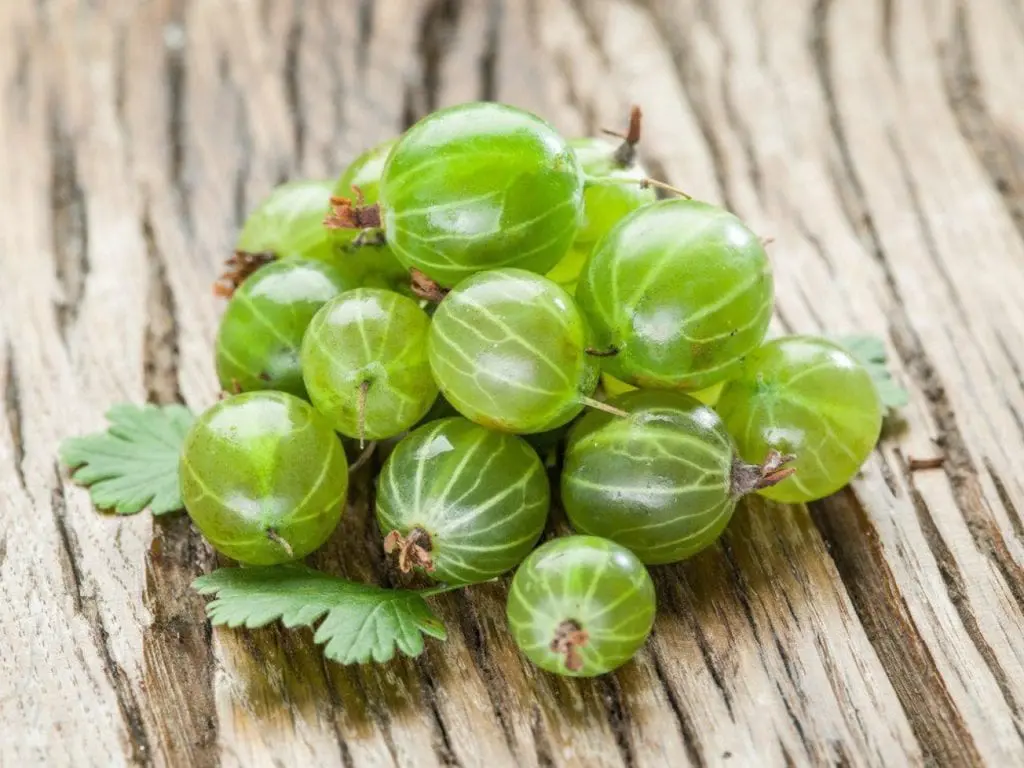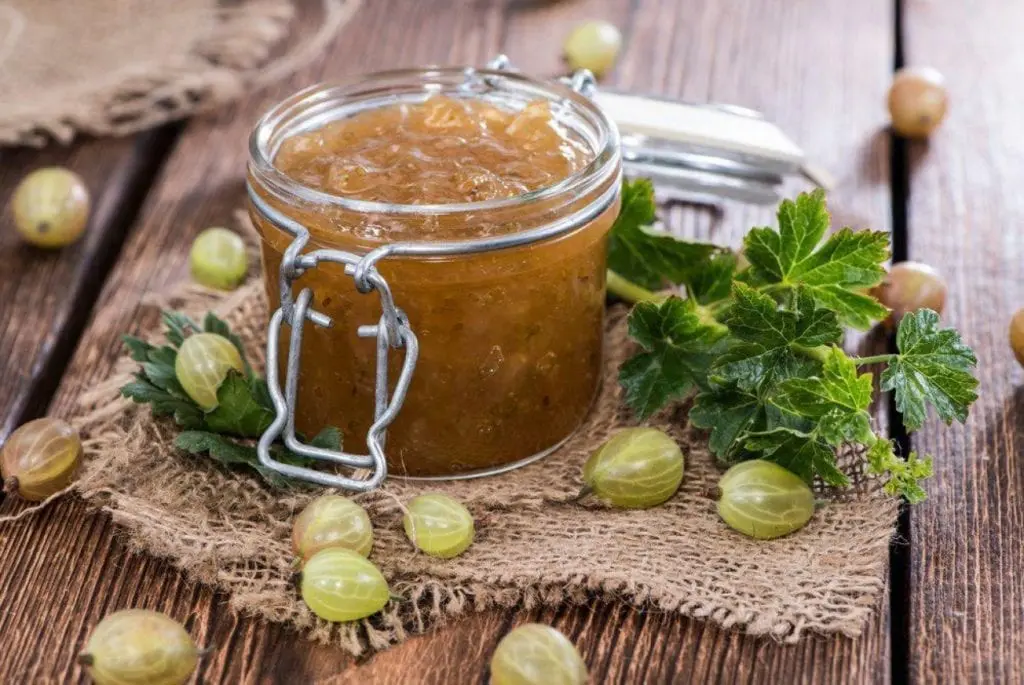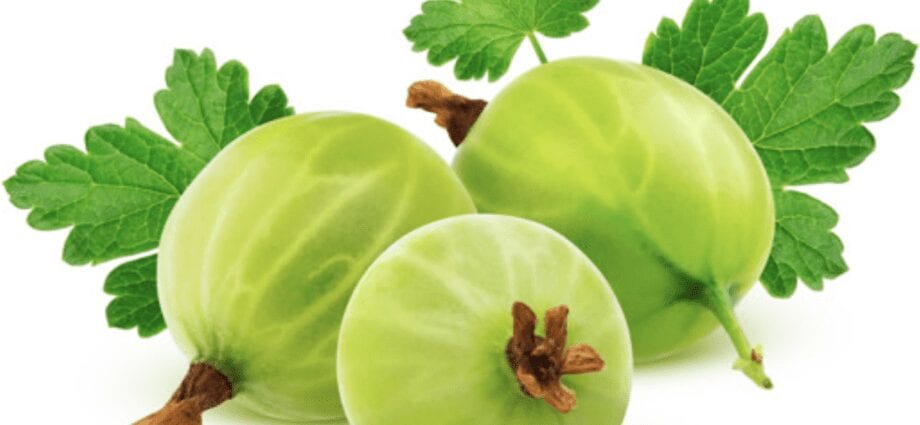Contents
Often in pursuit of outlandish and exotic crops, we forget about traditional, long-known plants such as gooseberry. Rejected gooseberry or European gooseberry is a perennial, prickly, shrubby berry plant with a crown height of 1 – 1.5 m, the homeland of North Africa Western Europe. Today, it is growing almost throughout Europe, Asia, North America, and North Africa.
We also know this culture as argus. The inconspicuous and unpretentious gooseberry was well known as a hedge. It also had great value as a fruit crop (raw material for winemaking, flavoring in first courses and sauces) in Europe (France) back in the 16th century. And thanks to the climatic features of the British Isles and the selection work carried out with gooseberries in England, its large-fruited varieties were bred there, which people highly appreciate on the continent.

In conclusion, the “improved” plant has gained considerable popularity in many countries due to its early growing season, abundant fruiting, high yield (up to 20-30 kg of berries from one adult bush), and nutritional value. Its fruiting occurs already in the second – third year after planting and can last 25 – 30 years. The plant is most productive from 4 to 5 years and up to 10 years of age. When aging, its yield decreases slightly. Gooseberries are growing as a shrub or like a trunk as an option. There are also new varieties of gooseberries that have no thorns at all. Because its flowering occurs in early April, this plant belongs to the valuable early melliferous plants. And although it belongs to crops with self-pollinating properties, insects promote better ovary formation and increase plant productivity.
Interesting facts
Depending on the variety, gooseberries can be oval, spherical, oblong, have a pear shape. They have a pleasant sweet and sour taste and a peculiar aroma. Their skin can be yellow, green, red, and almost black. Berries usually ripen in June – August. The size of ripe fruits reaches 12 – 40 mm. They are suitable for consumption at all stages of ripeness. People tend to process green gooseberries and eat fully ripe berries in a raw form.
What to make from it
People make wine, liqueurs, juice, preserves, jams, marshmallows, marmalade, fillings for sweets, pancakes from gooseberry berries. The previous list should also include drinks, jelly, sauces, addition to pies. Fresh berries are beneficial due to the content of sugars (up to 14%), pectin substances (more than 1%), organic acids (citric, malic, folic, etc.), vitamins (A, B, C, P), minerals (iron, potassium, sodium, phosphorus, calcium, magnesium, copper, iodine, zinc). People usually dry, can, freeze, pickle, salt, and make cheese (grated with sugar) from the berries. An interesting pattern: in green berries, the amount of tannins significantly prevails over its content in ripe fruits, i.e., in the process of maturation, these substances decrease. And with the amount of vitamin C, there comes an interesting fact: the riper the berries, the richer they are in ascorbic acid content.
Recommendations for use
People with vitamin deficiency, atherosclerosis, metabolic disorders, and obesity (the calorie content of the product is 44 kcal / 100 g) should be eating gooseberry berries. It has major choleretic, diuretic, and laxative effects that help strengthen the walls of blood vessels and improve the process of hematopoiesis. Due to the high content of pectin substances, gooseberry berries can remove toxins, salts of heavy metals from the body and increase resistance to oncological diseases, which is facilitated by the serotonin that is part of the fruit. As a dietary product, gooseberry is great for children, pregnant women, the elderly, and those who are overweight. People should eat berries with caution when having diabetes, peptic ulcers and gastrointestinal problems, chronic kidney and urinary tract diseases. Gooseberries are not recommended in case of individual intolerance.
Gooseberry planting

In terms of its prevalence in garden plots among berry crops, gooseberries are coming second after currants and strawberries. And although the indicators of drought and frost resistance in different varieties can differ significantly, gooseberries are moisture-loving plants. They do not like sweltering weather and are suffering from drought, growing better, and bearing fruit with sufficient soil moisture. Watering should be frequent and moderate, especially during flowering and fruit ripening. It is important to remember that gooseberries are subject to powdery mildew’s harmful effects to varying degrees.
This fungal disease caused significant destruction of gooseberries in large areas at the beginning of the 20th century. To prevent infection of the culture, people use spraying with a Bordeaux mixture, treating it with fungicidal preparations, using a “hot shower,” etc. Since excess moisture can also contribute to the defeat of gooseberries with powdery mildew, you should not pour the plant.
More tips on how to plant
This culture can grow on almost all soil types, but it prefers clay, loamy, sandy loam soils with a neutral or slightly alkaline reaction. The lack of lighting, the proximity of groundwater, boggy land, clayey, acidic, or cold soils will have a terrible effect on its development. Therefore, it is necessary to choose a place for planting that is sunny, has a sandy loam, and sandy soil. Enriching: by introducing organic fertilizers (compost, manure, humus) into the soil at the rate of 2 – 4 kg / m2, after placing a layer of clay (5 – 7 cm) on the bottom of the planting pit. For clayey areas, frequent loosening and arrangement of a drainage layer of gravel river sand are recommended.
The optimal size of the planting holes for gooseberries is 40 cm x 50 cm at a depth of 30 – 40 cm. Also, you can add a small amount of wood ash (100 g), potassium chloride (15 – 20 g), urea (20 – 30 g) to each hole, superphosphate (30 – 50 g). Planting is good to perform both in spring and autumn, but the end of September – early October is the best period for this. Such plants will have time to get stronger and take root before the cold winter period. And in the spring, they will be able to enter the growing season on time.
Gooseberry planting techniques

If the planting involves several plants in a row, the distance between them should be at least 1 – 1.5 m. It would be best to cut the seedlings, leaving shoots up to 20 cm, with 4 – 5 buds. After planting, the root collar of plants should be located a little deeper, 5-6 cm below ground level. You should apply such a technique in gooseberry planting in an area with heavy clay or loamy soil. The soil around each seedling is compacted to remove air pockets and any voids, and then you need to water it with 1 bucket (10 L) of water per plant. To avoid significant moisture loss, you should mulch the trunk circle (with manure, peat, humus).
Gooseberries need sanitary and formative pruning every year. To do this, in early spring, remove all weak shoots and branches, leaving 2 – 4 well-developed buds on the branches. To rejuvenate fruiting bushes, remove 6 – 8 – year old branches and thin out the thinned bushes.
Gooseberry varieties
Gooseberries are growing and are highly popular all over the world. Popular gooseberry varieties:
- Masha;
- Gingerbread man (variety with large berries);
- Carat is a variety with large red berries and thin skin;
- Green rain;
- Invicta;
- Sadko – large berries, good yield;
- variety Emerald – early and winter hardy;
- Redness (the main feature is the absence of thorns);
- Malachite – large berries with a malachite hue.
Gooseberry jam with orange

Ingredients:
- gooseberry – 1kg
- sugar – 1kg
- orange – 1 of a medium size
Firstly, wash the gooseberries, peel off the tails. Wash the oranges, cut into several pieces, remove the seeds. Pass the berries and oranges along with the peel through a meat grinder.
Add sugar and bring to a boil, occasionally stirring, so that the jam does not burn. Let it brew and cool for a few hours. Boil the second time for 10-15 minutes and pour into jars.
Gooseberry: health benefits

Gooseberries are low in calories and fat. In particular, 150 g of gooseberries contains 66 kcal. Moreover, it contains many useful substances.
- Firstly, high in fiber and low in calories
You can eat a large serving of fruit without consuming too many calories. Besides, research shows that eating berries can promote weight loss and reduce overall calories. The fruit also contains the beneficial vitamin C. Gooseberries protect the body from obesity, heart disease, type 2 diabetes, and cancer types.
- Secondly, benefits for the heart
Having a diet rich in gooseberries reduces the risk of heart disease. Gooseberry contains nutrients that promote heart health, including antioxidants and potassium.
- Thirdly, easy to add to your diet
For maximum health benefits, gooseberries are best eaten naturally and fresh. The berries’ flavor ranges from rather sour to relatively sweet, somewhat similar to slightly unripe grapes. The more mature the fruit is, the sweeter it becomes.
Warning
Before you eat the berries, you must wash and prepare them. They can be eaten as an appetizer, added to fruit salad, yogurts, and various summer salads. Gooseberries are also used in cooked and baked dishes such as pies, chutneys, compote, and jams.
Application in cosmetology
For cosmetic purposes, people are mainly using the juice and pulp of gooseberry fruits. Recipes for gooseberry beauty products are quite simple. For example, it is enough to wipe your face with fresh berry juice once a day with age spots.
To nourish dry skin, you can make a simple mask. Soak a thin layer of cotton wool in the juice of the fruit. After that, squeeze it out slightly and apply it to a clean face for 20 minutes. As a rule, such masks are good to be made in the course of 15-20 procedures, 2 times a week. You can make a similar mask from pounded berries. It is applied in the same way (the pulp is left on the face for 20 minutes); the course is also 15-20 procedures.
Therefore, sometimes, to increase the product’s nutritional properties, a spoonful of honey is added to the composition.
More skin care options
Also, in the recipes, you can find a combination of gooseberry juice with milk. Mix a quarter of a glass of juice with milk in equal proportions. After that, moisten a layer of cotton wool in the mixture, and apply to the face for 15-20 minutes. After removing the mask, it is better to lubricate the face with a nourishing cream. Gooseberry is great for owners of sensitive skin. The following recipe is suitable for them: mix a tsp. Cottage cheese with a tsp. Honey and 2 tsp. Gooseberry juice. The mass is thoroughly mixed and applied to the face for 10-15 minutes, after which it is washed off with water.
Check out the video with great tips and review on how to grow gooseberries in detail – “Growing Gooseberries from Planting to Harvest”:
For more berries go to the berries list.










